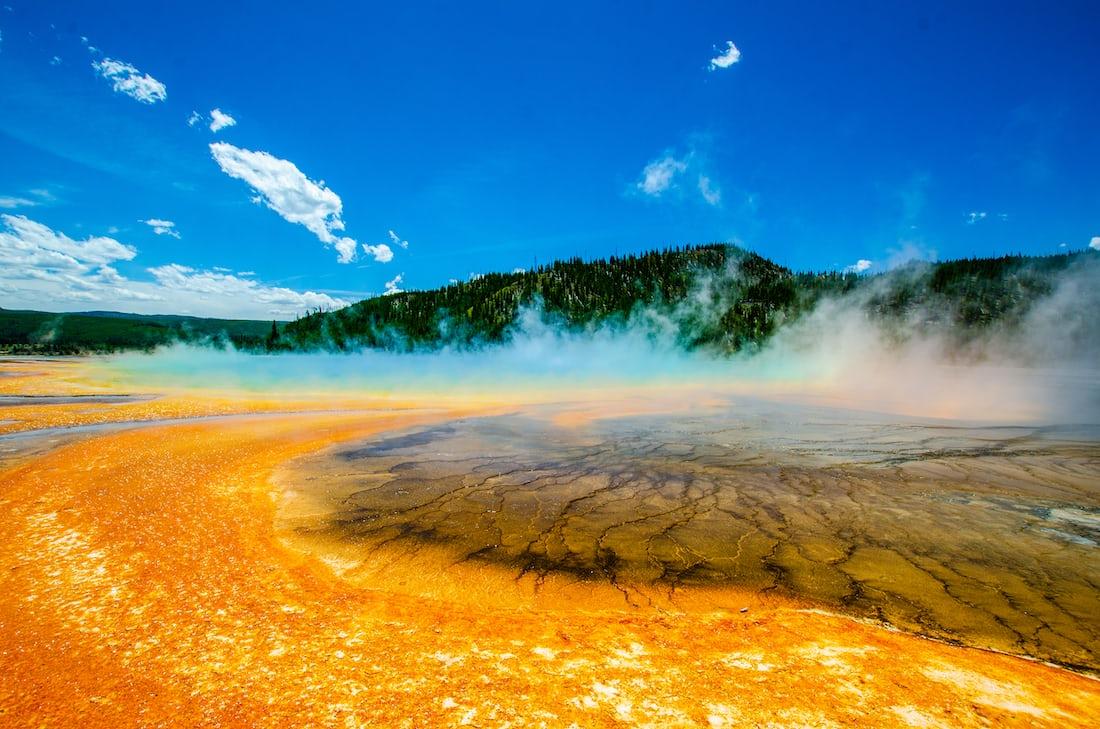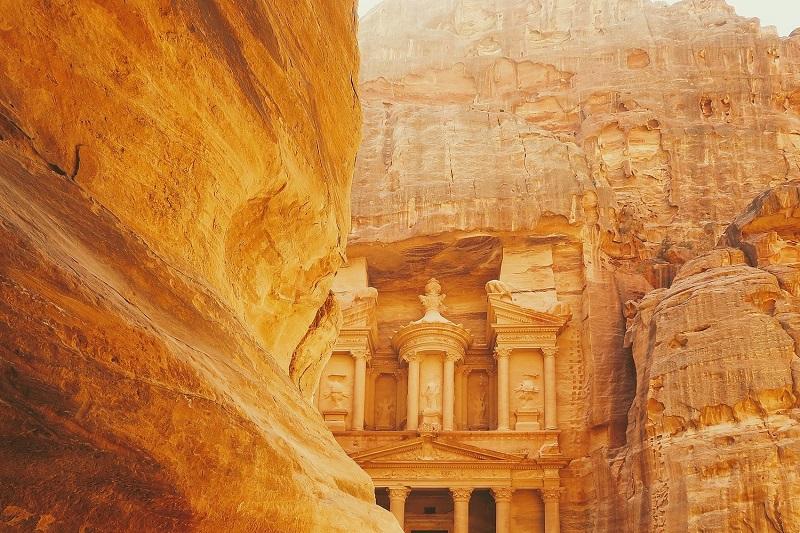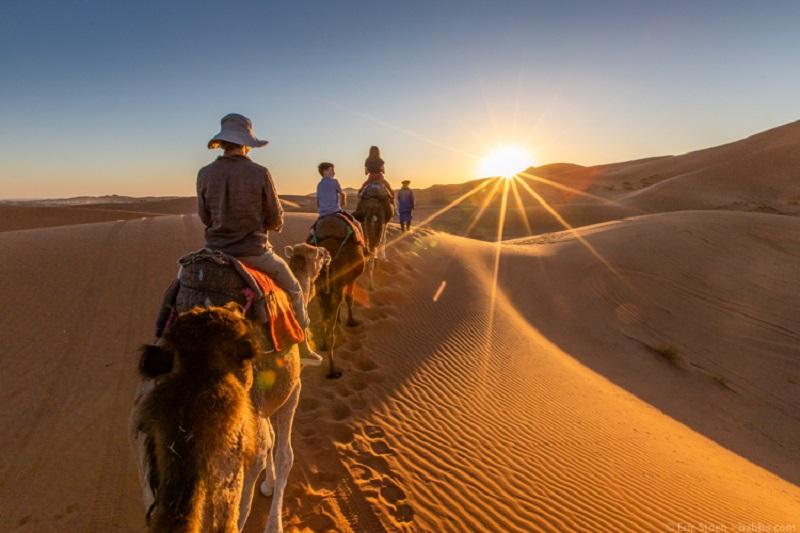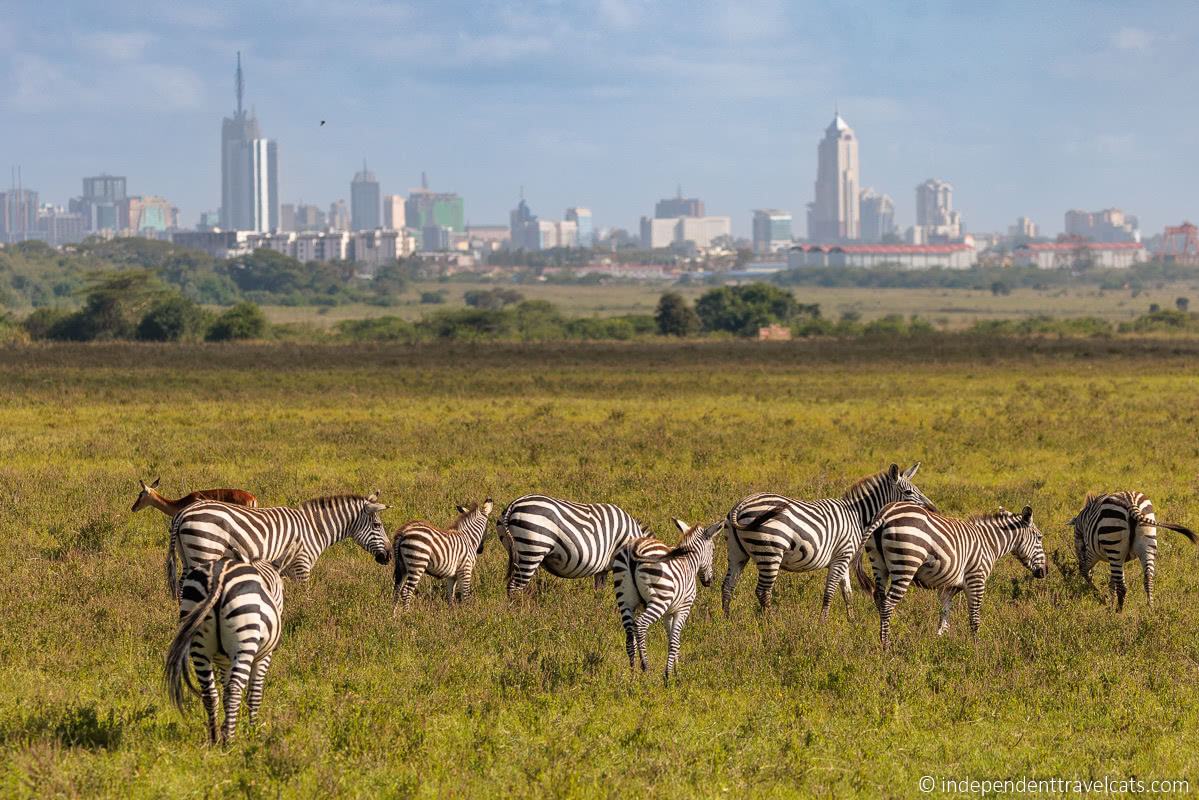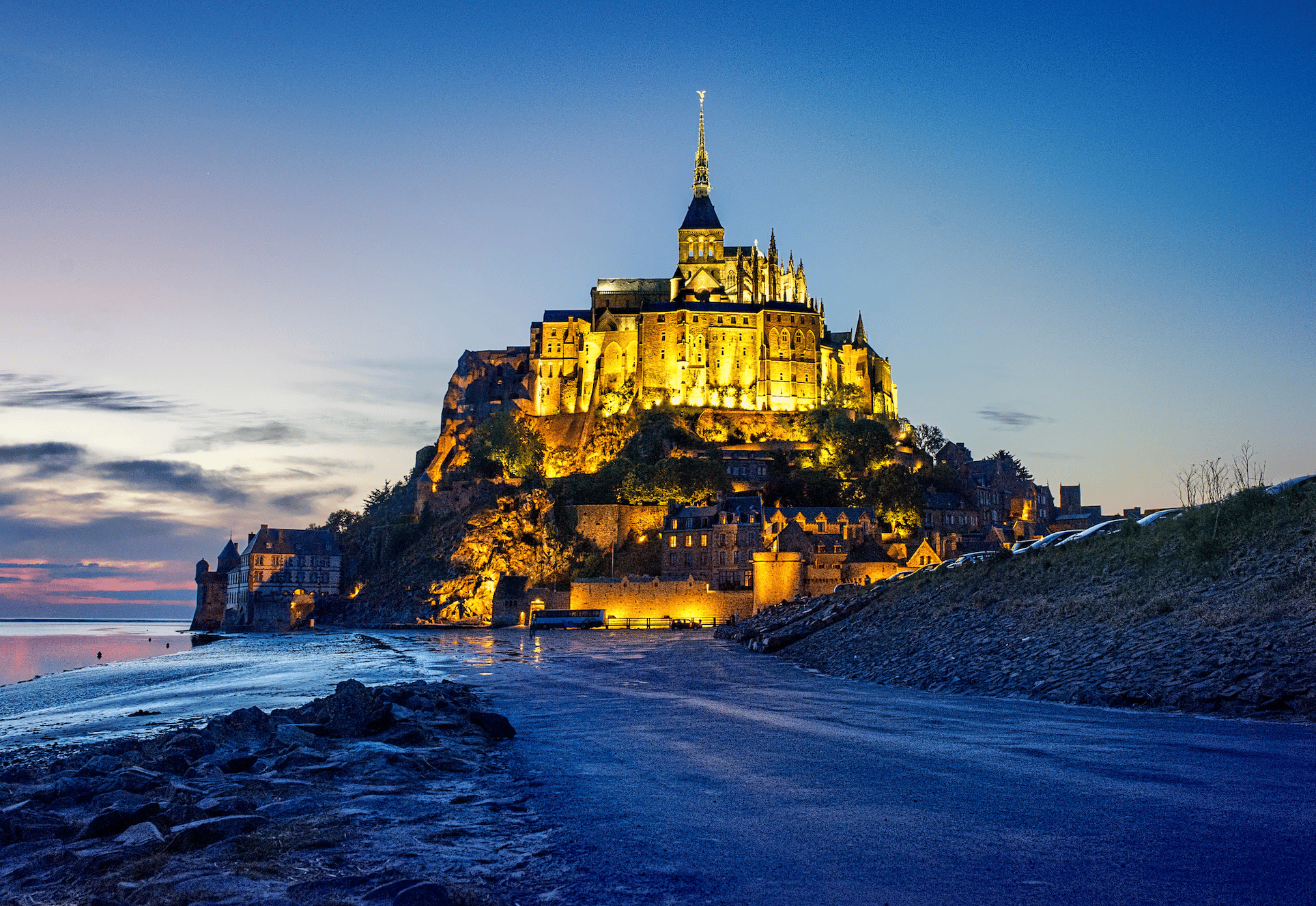Guide to Perito Moreno: Argentina’s Rustic National Park
Perito Moreno National Park is one of Argentina’s best-kept secrets, a remote wilderness that rewards those willing to venture far off the beaten path. Located in the Santa Cruz Province of southern Patagonia, the park covers stretches of pristine landscapes. Unlike the more famous Perito Moreno Glacier in Los Glaciares National Park, this reserve is far less visited.
This makes it an ideal destination for travelers who crave solitude and raw natural beauty. The park is a masterpiece of contrasts. Vast steppe plains give way to turquoise lakes, jagged mountain ranges, and glaciers that feed into rivers winding through untouched valleys. Here’s our comprehensive guide to Perito Moreno National Park;
Please Download Our Mobile App here.
Overview of Perito Moreno National Park
Found in southern Argentina along the border with Chile, Perito Moreno National Park is one of the country’s earliest protected areas and part of the greater Patagonia region. Spanning 489.69 square miles (1,268.30 sq km) and resting at an elevation of 2,952.8 feet (900 m), it was named in honor of Francisco Moreno. He was the legendary explorer who charted much of this wild territory.
The park’s dramatic geography is shaped by two mountain chains, one running east to west and the other north to south. Together, they form a natural amphitheater of peaks and valleys. Among its summits is Cerro Heros, the highest point within the park at 9,087.9 feet (2,770 m). Just outside the boundaries looms the towering Cerro San Lorenzo at 12,162 feet (3,707 m).
Although many visitors assume otherwise, the famous Perito Moreno Glacier does not lie within this park but in Los Glaciares National Park to the south. However, there is another must-see glacier perched at the southwestern tip of Lago Argentino. It is one of Patagonia’s most iconic wonders, its 70-meter-high ice walls stretching across more than 250 square kilometers.
As part of the world’s third-largest freshwater reserve after Greenland and Antarctica, the glacier continuously shifts. It advances between June and December before retreating from December to April. The result is a breathtaking display of icefalls that crash into Lago Argentino’s turquoise waters with thunderous roars.
Also Read: Best Resorts in Argentina.
Wildlife in Perito Moreno National Park

Wildlife thrives in Perito Moreno National Park, where the rugged Patagonian landscape supports an impressive range of species. Among the 24 mammals that inhabit the park, the guanaco is the most visible, grazing across the grasslands in large herds. Their abundance naturally attracts pumas, the park’s apex predator, which rely heavily on guanacos and, at times, the endangered huemul deer as prey.
The huemul, with its stocky build and short legs, is a rare and protected species often spotted along the mountain slopes. Other mammals enrich the ecosystem as well. These include; the elusive Patagonian fox and wildcats like the gato pajero and gato huiña to smaller creatures such as the dwarf armadillo, Patagonian skunk, ferret, tuco-tuco, and the southern viscacha clambering over rocky outcrops.
The park also harbors non-native species like European hares and introduced trout in its lakes, which add to the ecological complexity. Birdlife is equally remarkable, with around 115 species recorded. The skies are dominated by falcons, eagles, and the majestic Andean condor soaring over valleys. The wetlands and lagoons provide habitat for flamingos, black-necked swans, Andean geese, torrent ducks, and the endangered hooded grebe.
Best Time to Visit Perito Moreno National Park
The best time to visit Perito Moreno National Park is between September and April. During this window, Argentina’s spring, summer, and early fall bring milder weather and longer days that make exploring the park’s lakes, valleys, and rugged trails far more enjoyable. Summer (December to February) is the warmest period.
It’s the best chance to witness the glacier’s dramatic calving events, when massive chunks of ice break off into the water. However, this is also the busiest time, so expect larger crowds and higher demand for accommodation and tours. If you do decide to visit during this window, we suggest you book your hotel and tour early on.
For those who prefer fewer people, November, March, and April are excellent choices. These months offer stunning natural colors, comfortable temperatures, and a more relaxed atmosphere. These shoulder months strike a balance between favorable weather and quieter trails, though they are not quite as warm as peak summer.
From May to August, the park is largely closed due to harsh winter conditions, though the snow-covered mountains add a certain stark beauty to the region. To beat crowds, arrive as soon as the park opens before the tour buses roll in around mid-morning, or linger until late afternoon when the crowds thin out.
Getting to Perito Moreno National Park

Reaching Perito Moreno National Park from Buenos Aires is a journey that requires some planning. First, you’ll need to get to the regional hub of El Calafate, a small but busy town that serves as the gateway to the park. The fastest option is to book a flight from either Aeroparque Jorge Newbery or Ministro Pistarini International Airport to Comandante Armando Tola International Airport (FTE).
This flight takes about three hours. Travelers on tighter budgets can choose a long-distance bus instead. However, this overland route takes a staggering 36 to 48 hours and demands a good dose of stamina. Once in El Calafate, several transportation options can get you to the park, which lies about 80 kilometers away.
For budget travelers, there’s a public bus from the town’s terminal, an affordable and straightforward option that takes you directly to the entrance. Those who prefer a more structured visit can join a group tour organized by local hotels or agencies. Many of these usually include round-trip transport and sometimes additional scenic stops along the way.
For greater flexibility, renting a car allows you to travel at your own pace, though you should be mindful of icy conditions during winter months. Another option is to hire a taxi or private remis service, which works particularly well for small groups who want to share the cost. On arrival at the main parking lot of the park, you’ll hop on a free shuttle that runs frequently to the entrance area.
Other Activities in Perito Moreno National Park
Beyond its wildlife and dramatic scenery, the greatest activity in Perito Moreno National Park is simply immersing yourself in the vast wilderness. Visitors are drawn not by developed facilities or organized campsites, but by the chance to experience Patagonia in its purest form. The sweeping steppes and towering peaks define the park’s beauty, offering a backdrop that feels both majestic and untouched.
Unlike many of the region’s more popular parks, Perito Moreno is a place where solitude is not just possible but expected. For most, hiking the many trails is the best way to take in the serenity. There are routes leading across open valleys, around crystalline lakes, and up into the rugged mountains where the silence of the wilderness reigns.
Park Fees in Perito Moreno National Park
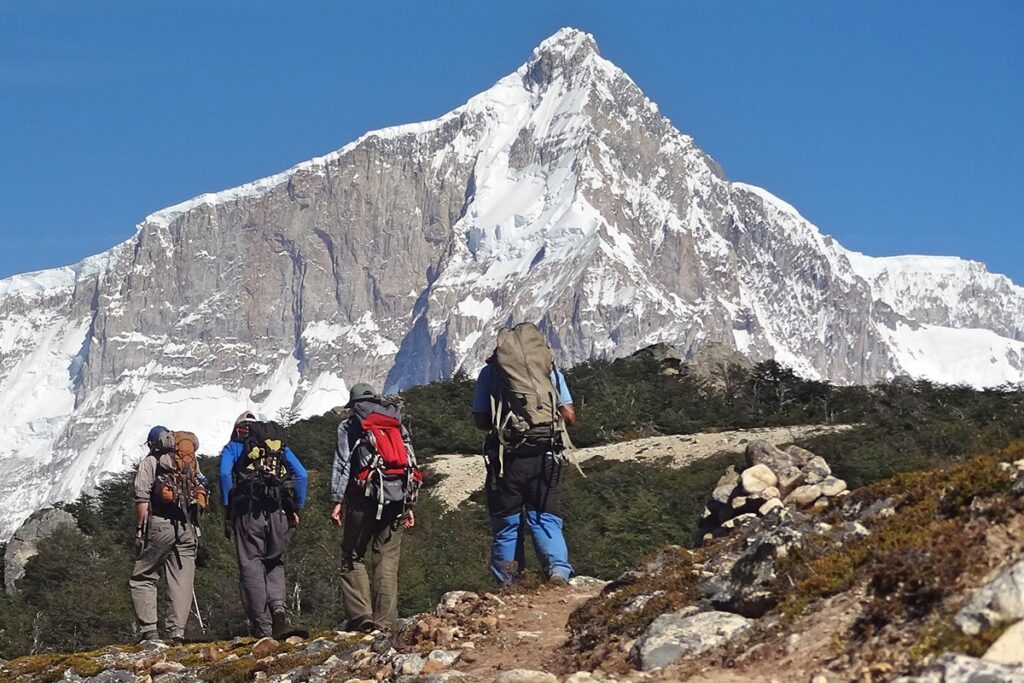
Perito Moreno charges various admissions depending on nationality or residency. Foreign travelers pay 45,000 Argentine pesos (about $45), while Argentine nationals enjoy a reduced rate of 15,000 pesos (about $15). Residents of Santa Cruz province, along with groups such as children, retirees, and people with disabilities, can enter free of charge. Tickets can be purchased either online or directly at the entrance.
FAQs
Is Perito Moreno National Park worth visiting?
Yes, Perito Moreno National Park is absolutely worth visiting. The park is home to glaciers that creak, groan, and occasionally break apart with thunderous crashes as chunks fall into the turquoise waters below. Visitors can take in this awe-inspiring sight from walkways that provide panoramic views, or get closer through boat tours and kayaking trips.
How long to spend in Perito Moreno National Park?
A visit to Perito Moreno National Park is best planned as a full-day adventure. Most tours run between 8 and 12 hours, giving you enough opportunity to hike and also enjoy a boat ride. For those who want a more demanding challenge, the Big Ice Trek takes up nearly the whole day, as you’ll spend hours navigating deep into the glacier itself.
Conclusion
Perito Moreno National Park remains one of Patagonia’s least explored treasures, far from the tour buses and crowds of its more famous neighbors. Its raw, wild scenery and profound silence reminds us why Patagonia continues to hold a place in the imagination of adventurers around the world.

